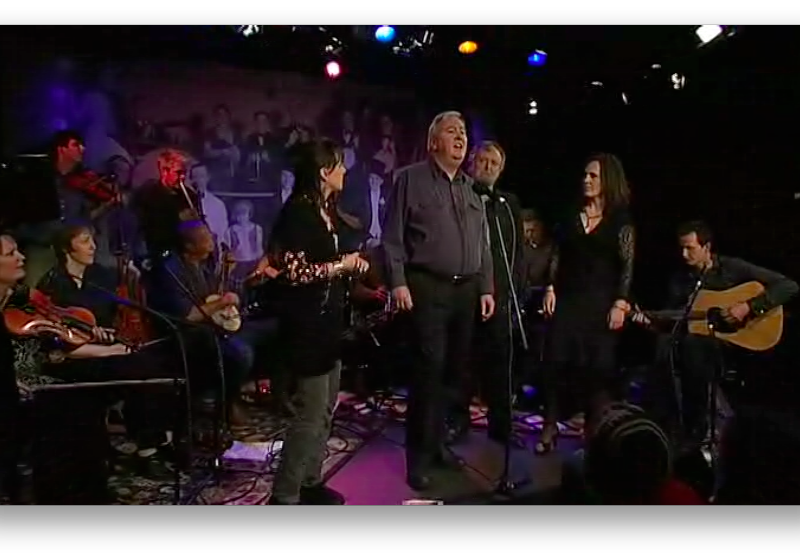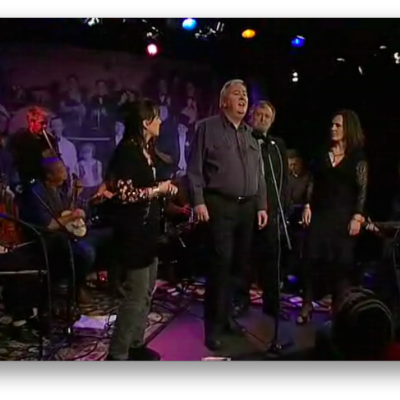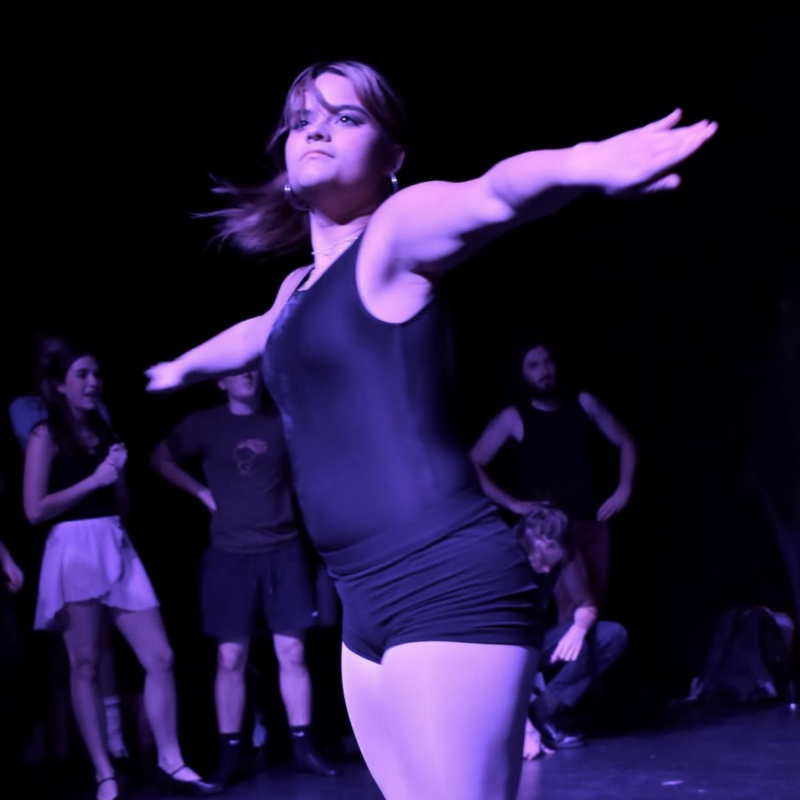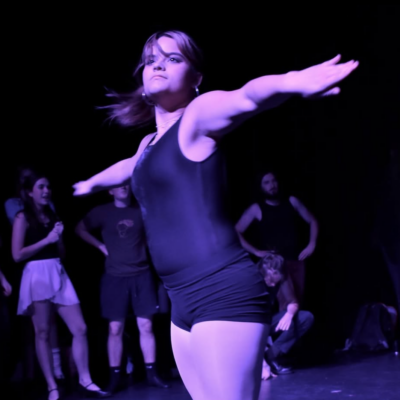A passion project, at its core, is about passion. For the past decade, Gareth Moore’s passion has been to bring a new product into the world: American single malt whisky. In long-term passion projects like his, progress can seem as slow as watching whisky age. But this year came a leap forward. As of January 19, American single malt is an officially recognized whisky category, a step distillers hope will propel their style from sideshow to the main stage. The whole idea of single malt is a sense of place—whisky that reflects where it’s made. To mark the leap forward, Moore’s Virginia Distillery Co. has made a whisky tribute to the region on which its success stands.
What is American single malt?
Single malt is whisky made by a single distillery from malt—barley that is malted, meaning soaked, germinated, and dried. Single malt from Scotland, where official standards govern its production, is the most esteemed whisky in the world. Like the stories of pizza, hamburgers, wine, and beer, the tale of American single malt is one of Americans taking a foreign product and applying ingenuity to make it their own.
Names of distilled spirits in the U.S. are regulated by the Alcohol and Tobacco Tax and Trade Bureau. To be called bourbon, a whisky must be made from at least 51 percent corn. Rye must be at least 51 percent rye. Other rules govern the length of aging and the types of barrels that can be used. These standards help consumers recognize products and help producers market them. Until recently, TTB did not have a category for American single malt whisky, undermining its credibility as a style.
Nine years ago, a group of single malt distillers set out to change that. Moore and a few others met at a Chicago bar and hatched an idea: Why not us? On a restaurant menu or at a liquor store, a customer can find sections of bourbon, rye, and other liquors. But, those seeking an American single malt have nowhere to look. Even someone lucky enough to find one may not know what’s in it.
The distillers formed the American Single Malt Whisky Commission and began advocating for the spirit’s recognition. After years of lobbying and education, that became a reality this year when the TTB adopted a standard of identity for “American single malt whisky.” Under the standard, for a distiller to label a spirit American single malt whisky, it must be distilled at a single American distillery from 100 percent malted barley and aged in an oak barrel.
Distillers view this recognition as a watershed moment for American single malt. Even without it, American single malt has skyrocketed, growing from a handful of distilleries in 2016 to more than 250 today (that’s more American distilleries making single malt than Scottish ones!). Now that American single malt is a legally recognized whisky, distillers expect momentum to grow. While Moore found the milestone personally rewarding, it will mean much more to the industry, he said.
“Having our products grouped in a real growing category is great,” Moore says. “Miscellaneous whisky is not a great category.”
Virginia Distillery Co.’s director of liquid development agrees. “Historic,” says Amanda Beckwith of the TTB’s first new whisky category in more than 50 years. “Until people really know what American single malt is, they can’t fall in love with it.”
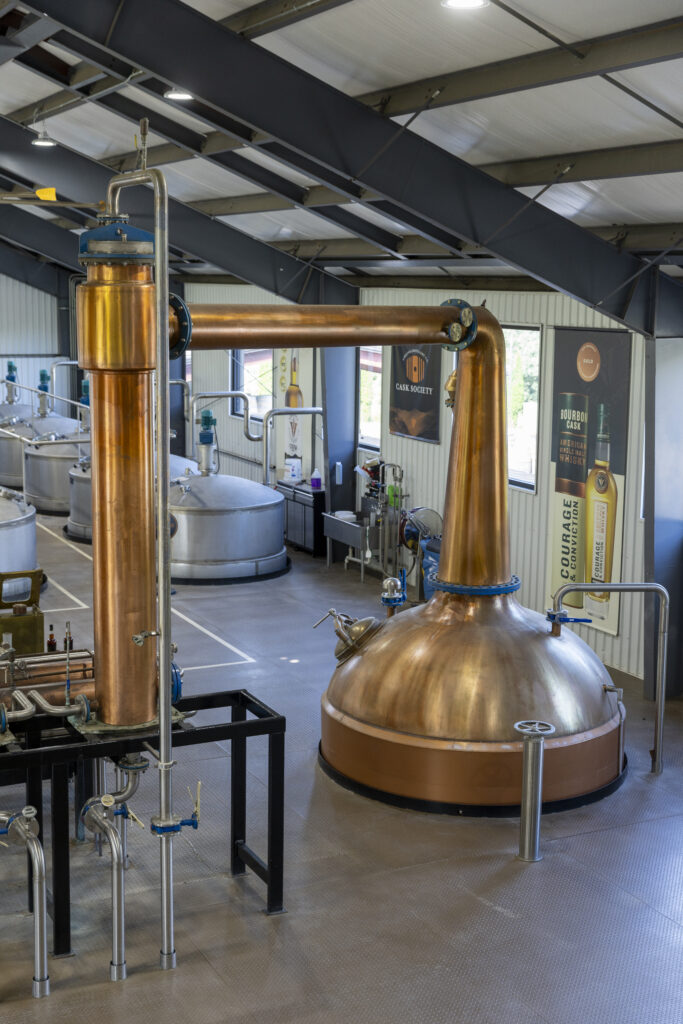
Quality is everything
As to people falling in love with American single malt, when building a brand, quality is paramount. First impressions can last. A bad one risks turning a curious taster into a lifelong skeptic. If a rising tide lifts all boats, a leak in one can sink the whole endeavor.
At Virginia Distillery Co., quality is non-negotiable, Moore says. From the beginning, that has meant never cutting corners. Because whisky requires aging, new distilleries have no source of revenue until sufficient time has passed for aging to occur. Some new distilleries solve this by buying whisky from megadistilleries and bottling it as their own. Others have tried bottling their unaged product and pitching it as “white whisky”—something marketers have never had much success persuading people is any good.
When Virginia Distillery Co. launched, it took neither shortcut. Instead, to supplement its distilled product, the distillery sourced a quality whisky from Scotland and aged it in Virginia, blending it with its own. Over time, the proportion of Scottish whisky in the bottles decreased as quantities of the Virginia whisky grew.
In 2020, five years after opening, the distillery bottled its first whisky distilled entirely on premises. No supplement from Scotland. It launched its 100 percent American single malt under the label Courage & Conviction, named after a favorite phrase of Moore’s father, who founded the distillery in 2011 before passing away two years later: “Have the courage of your convictions.” Almost immediately, accolades rolled in from experts like Whisky Advocate and Wine Enthusiast. And then, in 2023, came a stunning upset from an American single malt: Whisky of the Year at the London Spirits Competition.
What does Virginia taste like?
After a decade of emphasizing their whiskies’ commonalities, distillers of American single malts may now highlight their differences.
The significance of the word “single” in single malt is a sense of place. The word distinguishes single malts from blended whiskies that combine products from multiple distilleries, like Johnnie Walker or Dewars. Unlike blended whiskies, single malts’ flavors reflect the place they are made and their surrounding culture and climate.
In Scotland, which is nearly one and a half times smaller than Virginia, regional variations in culture and climate produce single malt whiskies whose differences are well-recognized—the peat of Islay, the fruit of Speyside, and the grassiness of the Lowlands. The U.S. is more than 100 times Scotland’s size, and now that American single malt has gained official recognition, the country’s greater diversity in culture and climate could produce even greater regional varieties.
If that’s true, what does Virginia taste like? Its culture and climate. Blue Ridge Mountain water enhanced by Virginia—and Virginians.

While not everyone loves the commonwealth’s weather swings, whisky does. They drive interaction between the spirit and the wood, enhancing flavor. In the summer, heat and humidity expands the wood. (This is why Virginians can’t shut their doors in the summer.) As oak barrels expand and the wood’s pores open, whisky seeps into the staves. In the winter, the wood contracts, pushing the whisky out. The cycle, which sometimes can happen within a single day of Virginia weather, increases surface contact between whisky and oak, boosting the extraction of flavors and compounds. Consequently, whisky in Scotland ages more slowly than it does in warmer climates.
Culture, meanwhile, is people.
“A distillery doesn’t make whisky, people make whisky,” says Moore. “It’s all a lot of copper and stainless-steel bullshit without the right people.”
To Moore, what makes the right people is passion. The vision for Virginia Distillery Co. belongs to Moore’s father, George. When George passed away in 2013 while he was developing the distillery, Moore knew nothing about distilling, but it sparked a passion in him to fulfill his father’s vision. Moore looks for that passion in everyone with a role in his whisky—those who grow the barley, those who distill and age the spirit, those who provide the casks, those who sell the whisky, and those who enjoy it. And it’s not just passion for whisky Moore looks for. It’s passion for almost anything that may help—people, education, science.
What makes that easy, Moore says, is the culture of the Charlottesville area, where his employees live. Whether it’s wine, beer, cider, spirits, cheese, chocolate, coffee, tea, ice cream, gelato, jam, honey, butchery, baking, cooking, farming, or their Bodo’s order, Charlottesville people are passionate about something. “Meh” is just not something you hear very often.
Take Beckwith. As a longtime lover of single malt whisky, Beckwith learned in 2015 that a new distillery would be making it near Charlottesville, and she could hardly believe her luck. Though she had no experience in the industry, she sent a cover letter and was hired within weeks. Why? Her passion, says Moore. “We saw in her a passion to share whisky with others.”
And not just any whisky. Virginia whisky. It’s no accident, Moore says, that Virginia is in the name of his distillery. Its founders had the foresight to recognize the importance of sense of place in single malt. Now that American single malt has arrived, and regional differences emerge, Moore feels a responsibility to his Charlottesville community to reflect its passion as best he can. “I want to make it proud.”
Of the land
Another distillery putting Charlottesville on the American Single Malt map is Spirit Lab Distilling. A decade ago, founder Ivar Aass was living in Manhattan with his wife, searching for a place to open a distillery and pursue his passion for single malt whisky which, for Aass, had always been fueled by the concept of terroir in wine—how a wine’s flavor is shaped by its land and climate. In their search for a new home, Aass and his wife made one visit to Charlottesville and were hooked. Not only did they love the community, but Aass saw all of the makings of good whisky: the local bounty of ingredients, the climate, and people with a curiosity and love of food and drink. Having celebrated Spirit Lab Distilling’s 10th anniversary in June, Aass says his whisky is a way to feed the community while also being a part of it. “It’s aged in the air we breathe and made from the water we drink,” says Aass. “We manipulate it as little as possible, and let Charlottesville do the work.”

Charlottesville in a glass
My years as a food writer have produced one basic observation about restaurants: There are only two kinds in the world, those with love and all the rest. The same could be said of whiskies. The whiskies of Virginia Distillery Co. owe their flavor to the passion of the Charlottesville community, whose people make them, support them, and enjoy them. Virginia Distillery Co. now has a whisky in tribute to that community: The Charlottesville 29 Single Barrel.
When the distillery created its Courage & Conviction brand in 2020, it created a second brand—VDC—for more experimental offerings. Beckwith’s aim with Courage & Conviction is consistent expression of a classic, old-world style, which she pursues by blending proportions of whisky aged in bourbon, sherry, and wine casks. With VDC, on the other hand, she experiments with her whole range of casks. As she surveys and samples her 8,000 casks, she constantly assesses how best to blend them to achieve desired flavors. Every now and then, though, she comes across a cask so distinct that it warrants being enjoyed as is, rather than blended with others. These are candidates for a single cask release—a whisky bottled from a single cask.
For the whisky tribute to Charlottesville, Beckwith, her team, and I sampled several single casks before selecting cask #11272. Aged for five years in ex-bourbon casks, and then two years in a J. Dias Ruby Port cask, it is the distillery’s first and only 100 percent American single malt port single cask. And, it honors the passion of the man who founded the distillery, his son who carried it forward, and the Charlottesville community that fuels it.



